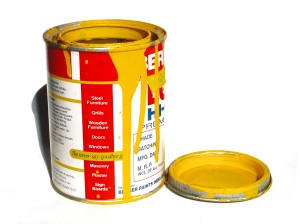 In the past, homeowners stayed in their house for a long time — sometimes, even their entire lives. These folks often tried to put extra money into their mortgage in order to pay off their homes earlier.
In the past, homeowners stayed in their house for a long time — sometimes, even their entire lives. These folks often tried to put extra money into their mortgage in order to pay off their homes earlier.
But the housing market has changed — and many younger families now own several houses throughout their lifetimes. So, is the old adage true — should you try to pay off your mortgage early? Here are a few things to consider:
Retirement
If retirement is nearing, you may want to consider paying off your mortgage early to avoid worrying about an extra cost each month. However, for some individuals, it makes more sense to continue paying off a mortgage due to tax reasons. You might want to talk with your accountant about your specific situation.
If your home can grow old with you
If your home is suitable for your lifestyle, now and in the next 5-10 years, it might be beneficial to pay off your mortgage early. However, if you might move within the next several years, it may not make sense to put your extra money into it.
Extra money/investments
Do you have other investments and emergency funds to keep you afloat, should you put more money into your mortgage? It isn’t easy to draw money back out from your home mortgage, so if it might make you strapped for cash, it’s best to keep the money in reach — perhaps investing it in some other way.
Did you pay off your mortgage early? Would you recommend others do it too?












